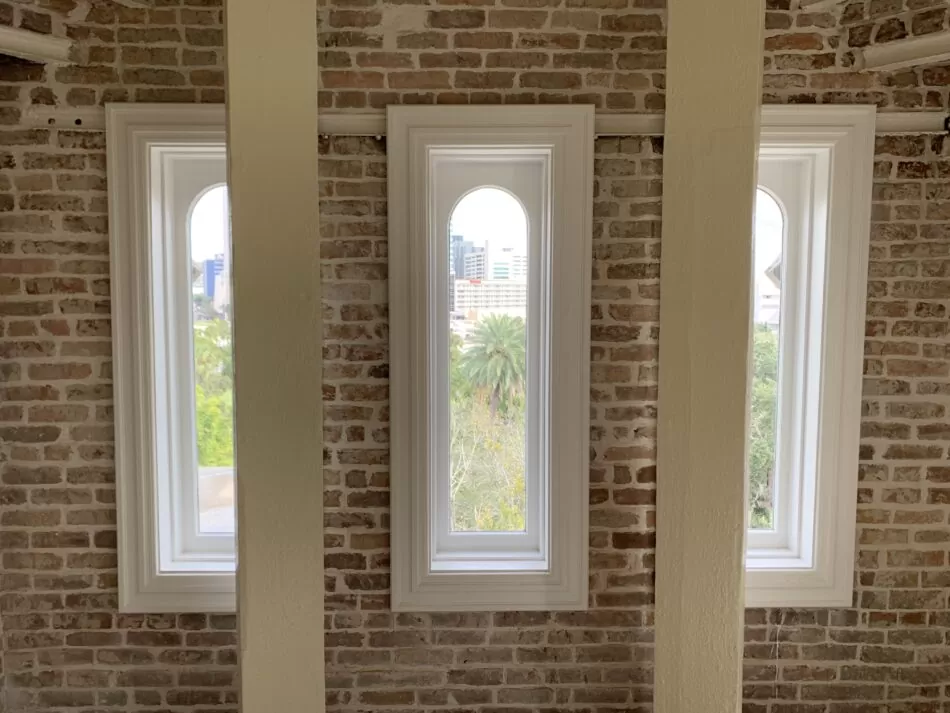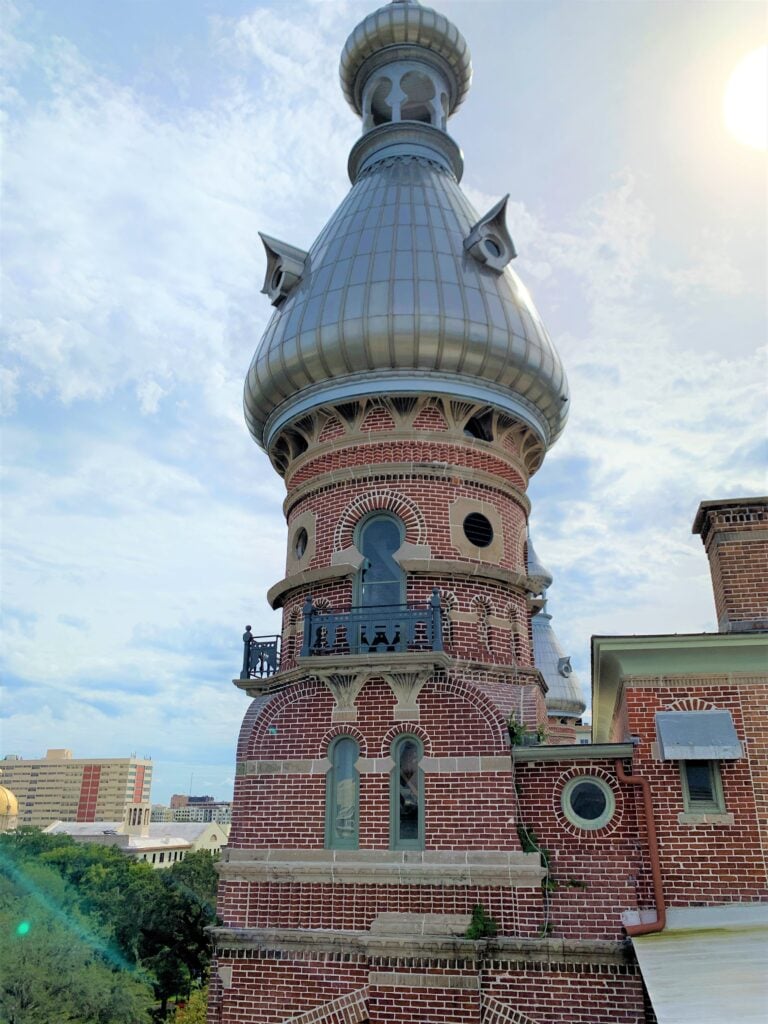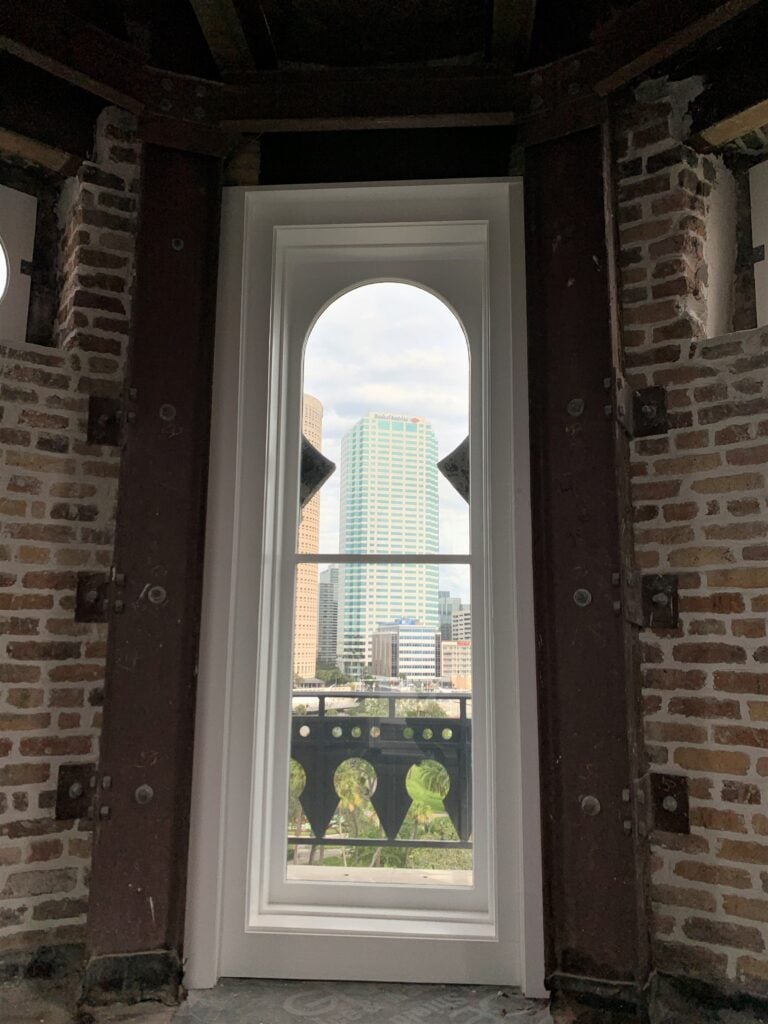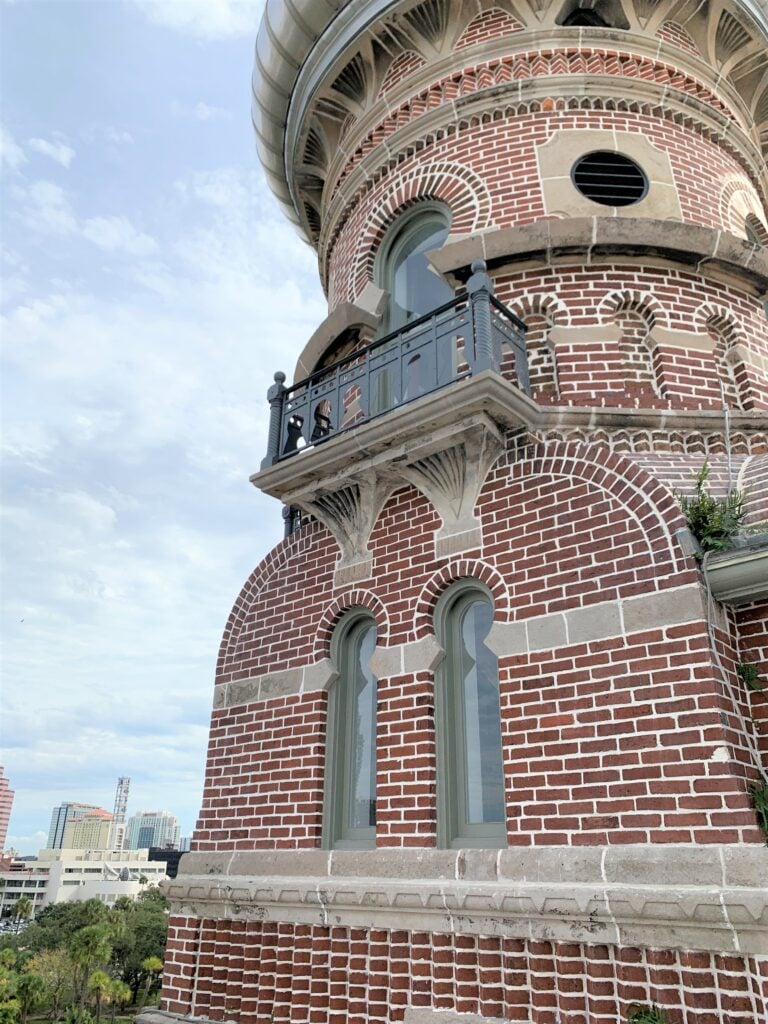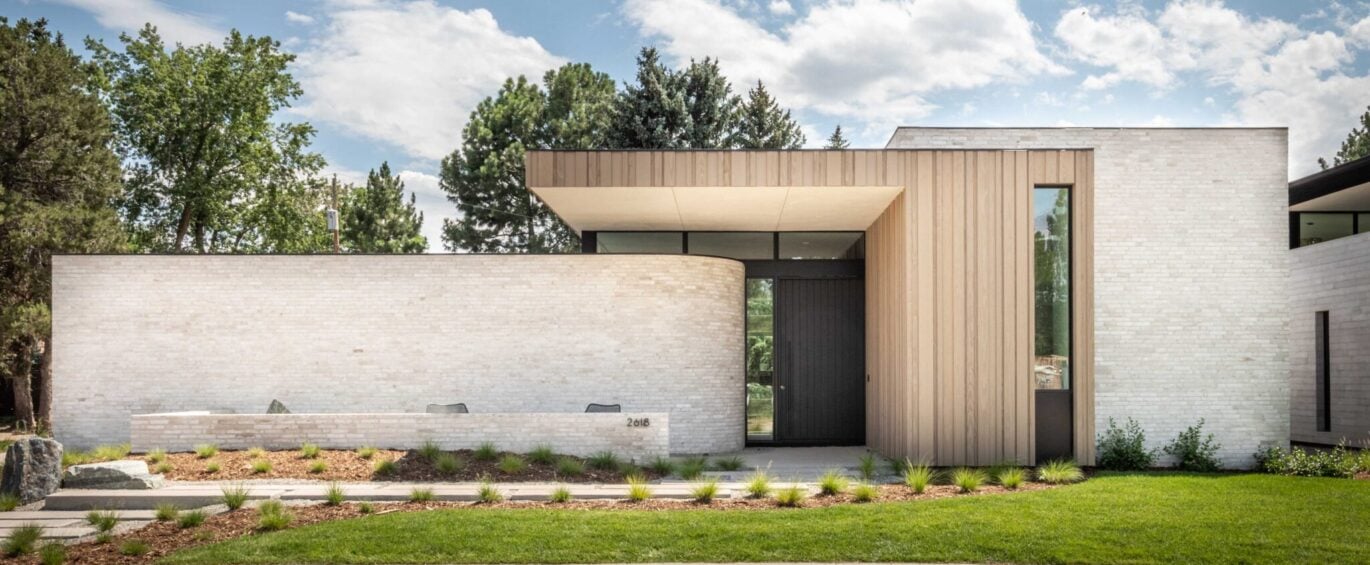Plant hall, the former Tampa Bay Hotel, is a historic building with iconic minarets (traditionally a tall slender tower of a mosque). It was originally designed in the Moorish Revival style by architect J.A. Wood and built by railroad magnate Henry B. Plant between 1888 and 1891. The Tampa Bay Hotel served as the anchor to Plant’s rail line with 511 rooms and suites, that included electricity and telephones. The hotel operated from 1891 to 1930, and has a rich history, but it could not withstand the severity of the Great Depression. The building sat vacant for three years, until the Tampa Bay Junior College was granted permission to move into the hotel. The junior college grew, and eventually became the University of Tampa.
In October 2019, the restoration process began for the existing 1980s non-historic arched windows on levels 5 and 6 of the minarets. They were replaced with new windows manufactured from Accoya wood to match the originals. The sashes were glazed with 6.35mm laminated glass, structural sealant DOW 995, and finished with PPG Acri-Shield Exterior Satin.
Project Timeline: October 2019-June 2020
Owner: University of Tampa
Architect: Rowe Architects, Inc.
Contractor: Specialized Property Services, Inc
Applications used in this project:![]() Windows
Windows

